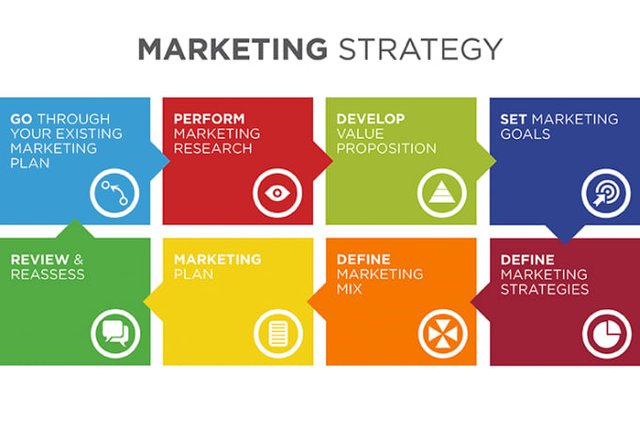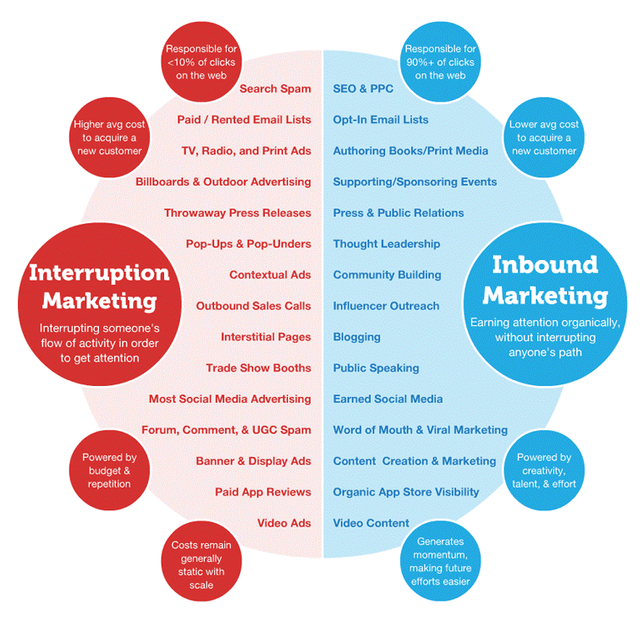marketing strategy comparisons
comparative advertising is a marketing strategy in which a company's product
or service is presented as superior when compared to a competitor's. A
comparative advertising campaign may involve printing a side-by-side
comparison of the features of a company's products next to those of its
competitor. It may also feature a comparison based on value or cost.
Typically, the competing product is shown in a disparaging light.
Understanding Comparative Advertising
Comparative advertising may compare products or services directly or
indirectly and may take either a positive or negative tone, though negativity
tends to be far more common. Comparisons may entail a single attribute or
multiple attributes.
Comparative advertising is not used solely for the promotion of a product or
service. It has become a common technique used in political advertisements,
with one candidate listing how they would not have made the same specific
decisions as the incumbent if elected. This type of advertising is popular with
companies releasing new products, as the focus of the ad will be on how the
new product is better than products already on the market.
Another highly-referenced comparative advertising campaign is between
competitors Coca-Cola and Pepsi, in which advertisements will directly
compare the tastes or benefits of one over the other. For example, the now-
famous Pepsi Challenge is a recurring commercial that has been aired since
- In the Pepsi Challenge, PepsiCo runs taste tests on the street where
consumers vote which taste they like better. Both companies are specifically
mentioned and compared.
Rules Around Comparative Advertising
In the United States, companies may not engage in comparative advertising
without being able to back up the claims that they make. They must be able
to prove their assertions of better quality, greater popularity, better value, and
the like with facts, and may not engage in false statements or imagery that
disparage a competitor. Such rules were set by the Federal Trade
Commission (FTC) in 1979 in its Statement of Policy Regarding Comparative
Advertising, which states: "comparative advertising is defined as advertising
that compares alternative brands on objectively measurable attributes or
price, and identifies the alternative brand by name, illustration, or other
distinctive information."
Other countries have adopted definitions and rules governing comparative
advertising, though each country treats the topic somewhat differently. In the
United Kingdom, any comparison that utilized a competitor's trademark was
considered infringement. In Australia, there are no laws that specifically
address comparative advertising, but there are standards based on legal
precedent.
Comparative Advertising Methods
A common tactic for comparative advertising is the use of a fake product that
represents a competitor. Ad viewers will associate the fake product with a
competitor's product but since there is no precise comparison or trademark
used, it satisfies FTC rules. Another tactic is the use of an ad parody that
viewers will associate with a competitor but does not reference them or their
product directly.
Sometimes, comparisons may not work as intended, as they can raise
awareness among consumers of the product the advertiser's product is
competing against. In effect, it acts as free advertising — especially if the
difference between products is not significant enough in the eye of the
consumer.

